Kris T. Huang, MD, PhD, CTO
Innovation & Legacy
Global vs Local optimization
During a recent, socially distanced Pymedix corporate walking meeting outside in early January 2021, we discussed which company/companies were the most innovative personally. Perhaps predictably, companies like SpaceX, Tesla, and Apple were at the top of the list.
Besides innovation, what do these companies have in common? They all operate in safety-critical industries. SpaceX is aerospace, Tesla is automotive, and Apple entered the medical device industry in 2018 with the single-lead EKG feature in its Series 4 Apple Watch.
These industries come with a lot of technical legacy, and yet here we are with 3 wildly successful companies showing the old guard how innovation is done. SpaceX and Tesla in particular didn’t achieve their current success immediately, but they both began with a fresh approach that flew in the face of accepted legacy practice but proved to be correct.
The difference between leaps of innovation and incremental legacy improvement is the difference between global and local optimization. While global optimization still involves local optimization at some point, the difference is the goal, known in math, physics, and AI as the objective function.
